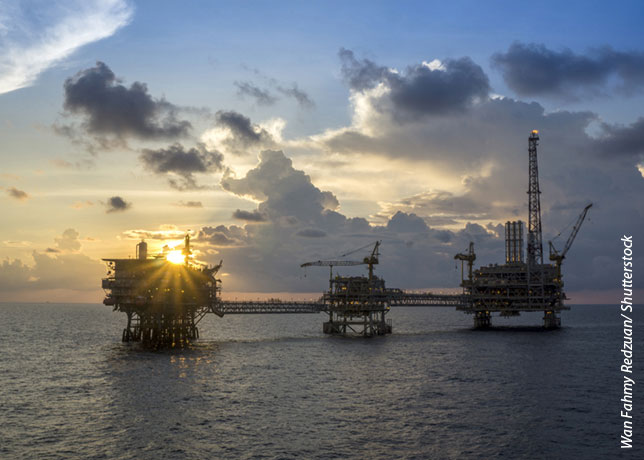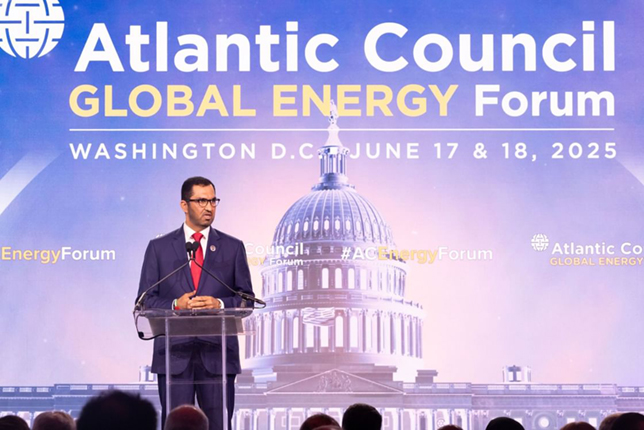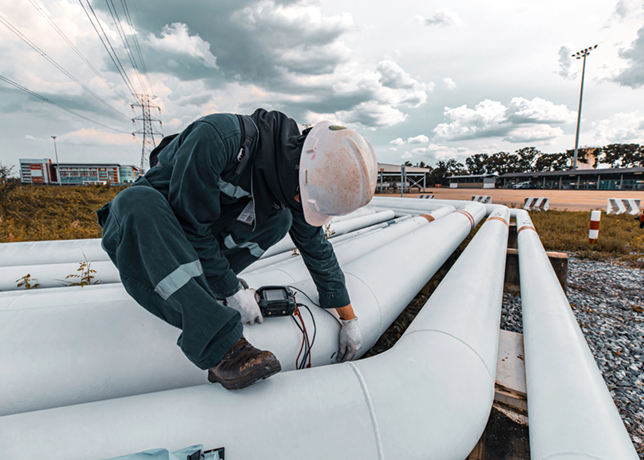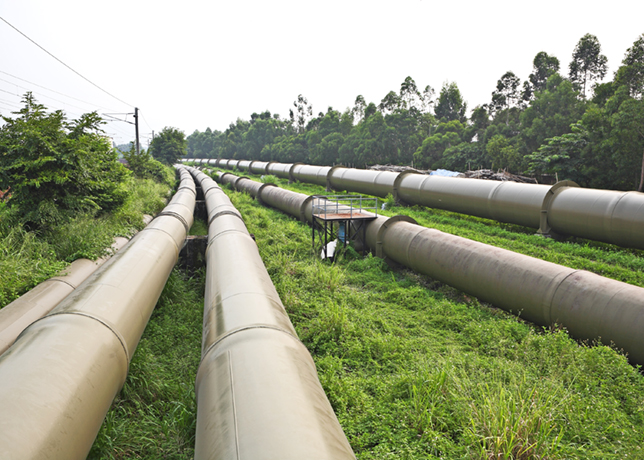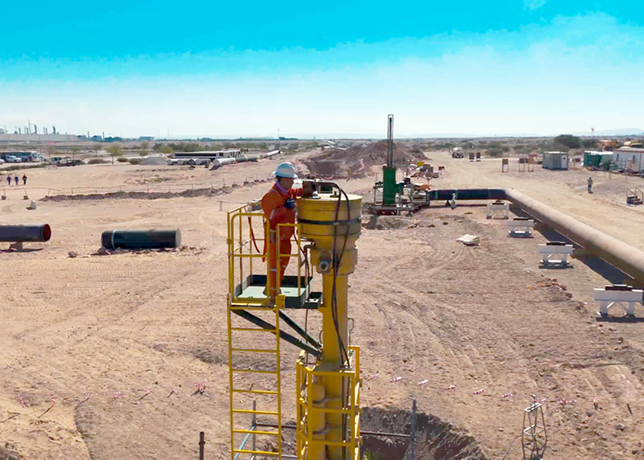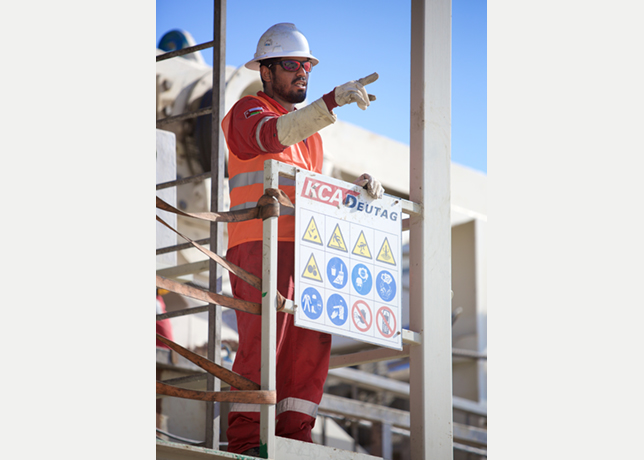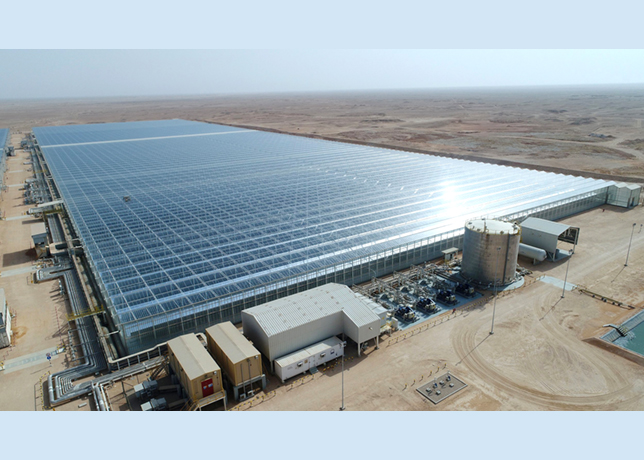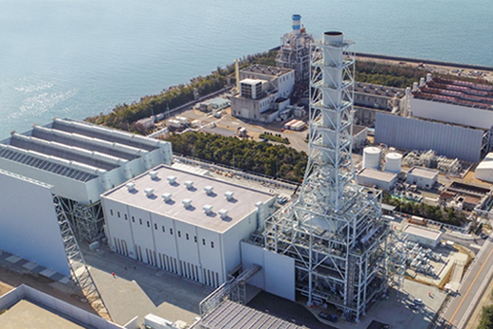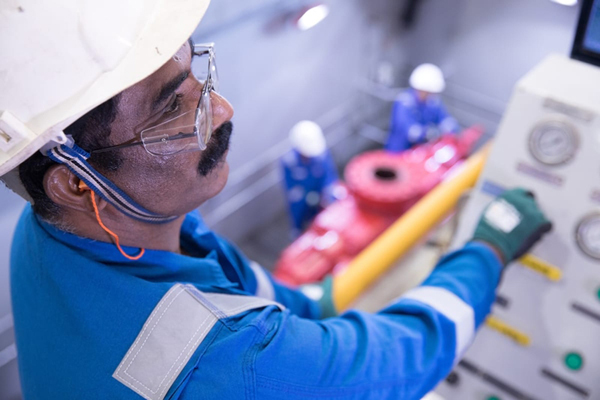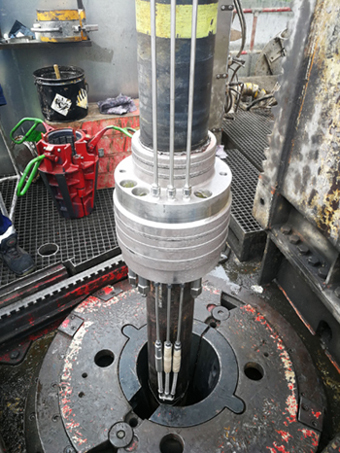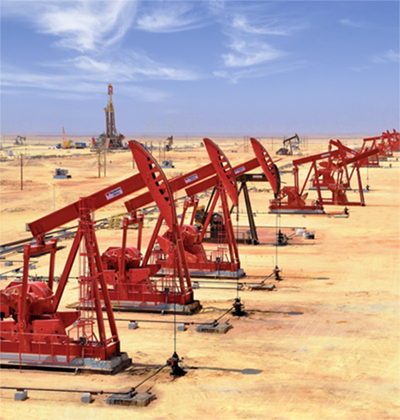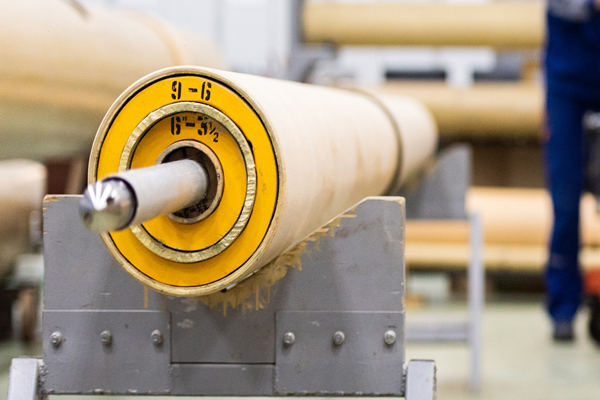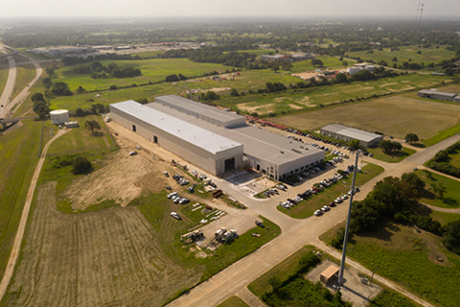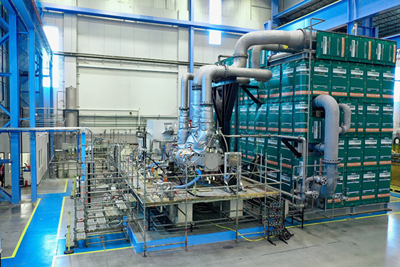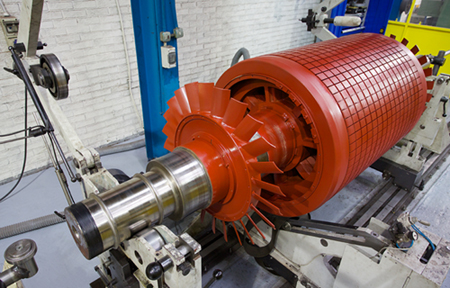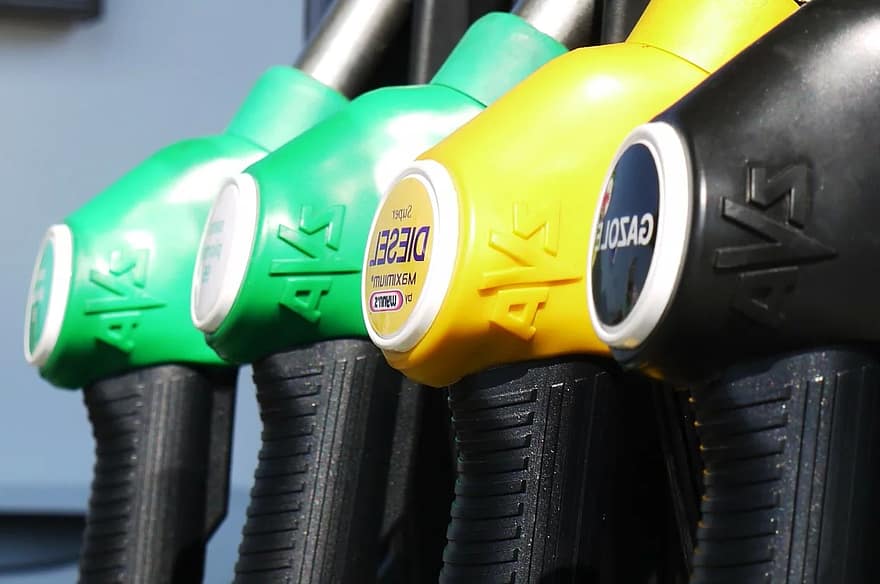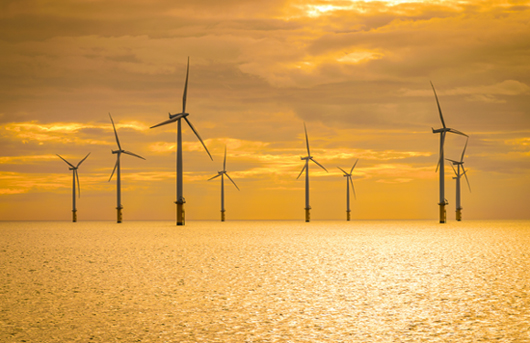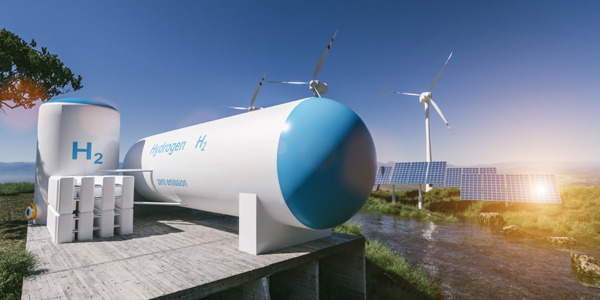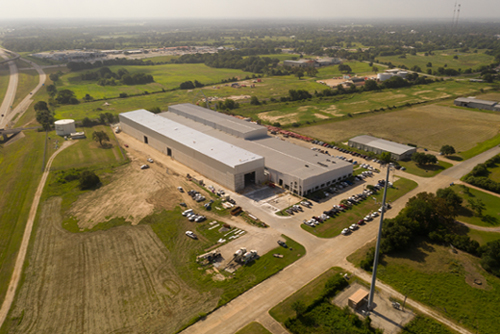
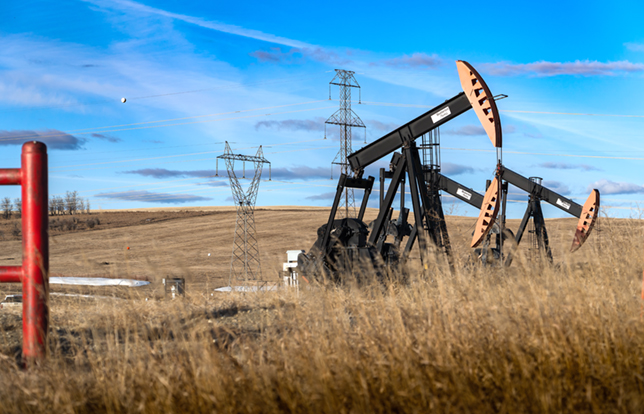 2025 electricity sector investments will be 50 per cent higher than fossil fuel
2025 electricity sector investments will be 50 per cent higher than fossil fuel
Pivotal shift towards sustainable energy underpins record investment in 2025
Global energy investment is set to reach $3.3 trillion in 2025, with clean technologies accounting for $2.2 trillion, reflecting a decisive move towards a lower-carbon future.
This substantial capital flow, detailed in the 10th edition of the International Energy Agency’s (IEA) World Energy Investment report, sees clean energy technologies attracting more than double the investment of fossil fuels, which got $1.1 trillion.
Electricity sector investments are robust and are set to hit $1.5 trillion in 2025, 50 per cent higher than total fossil fuel supply spending. The global battery energy storage system (BESS) market alone was valued at $10.5 billion in 2024 and is expected to surge to around $32 billion by 2034.
Conversely, upstream oil investment is anticipated to decline by 6 per cent in 2025, the first drop since 2020, though natural gas is increasingly positioned as a ‘bridge fuel’, particularly with rising liquefied natural gas (LNG) export capacities. Coal investment, however, expects to see a 4 per cent increase in 2025, predominantly driven by demand in China and India.
Greenhouse gas emissions management is making significant strides, with low-emissions fuels set to reach a new investment high of $25 billion in 2025, up 30 per cent from 2024. Bioenergy investments are also predicted to rise by 13 per cent in 2025 to $16 billion.
Critical minerals, vital for the energy transition, saw investment growth weaken to just 5 per cent in 2024, largely due to declining prices for battery metals like lithium, which fell over 80 per cent since 2023.
Green and infrastructure banks are playing a crucial role in financing the transition, yet private capital mobilisation remains a challenge, particularly in developing economies where Africa, for instance, accounts for just 2 per cent of global clean energy investment.
Research and development continues to drive innovation, with increasing investment in areas like advanced lithium-ion batteries, hydrogen storage, and carbon capture and storage technologies. AI and data analytics are emerging as critical tools for grid optimisation and demand forecasting.
Regionally, China remains the single largest investor in energy, spending almost as much as the EU and US combined, and has significantly expanded its share of global clean energy investment over the past decade.
Abdulaziz Khattak














